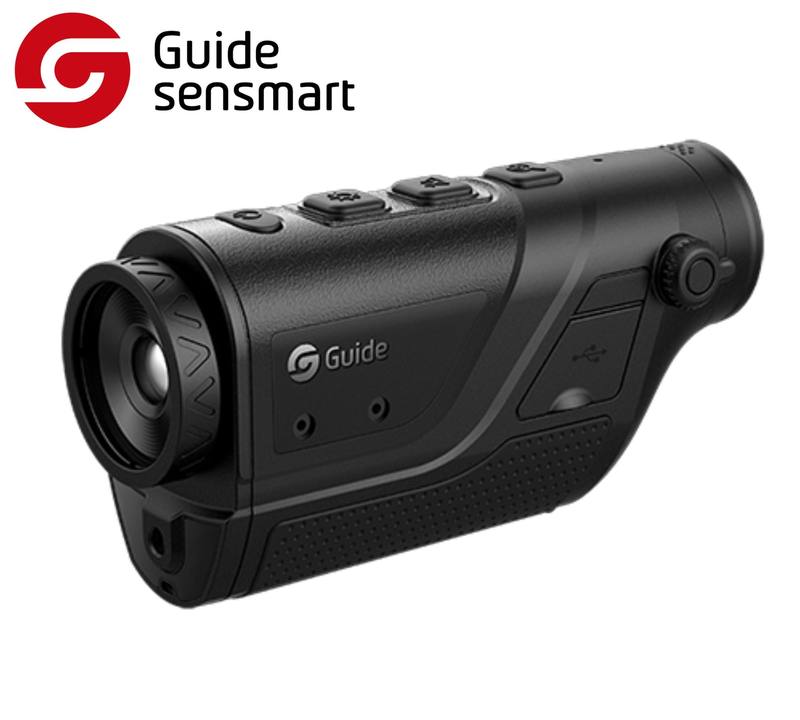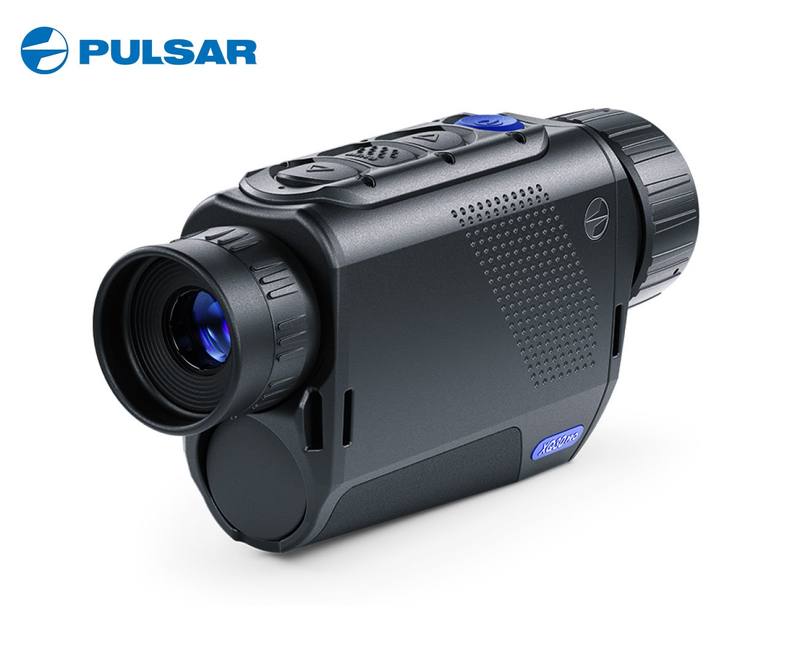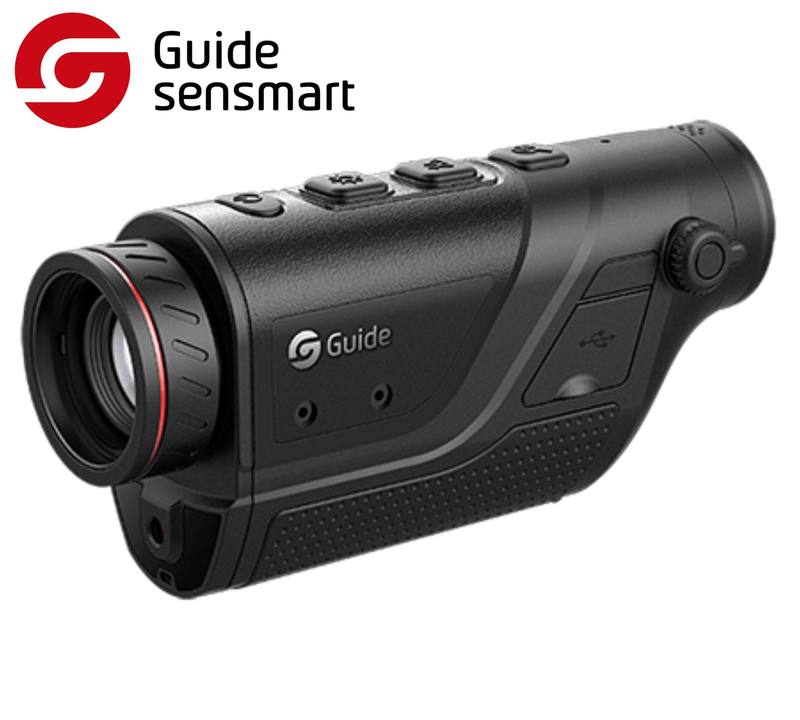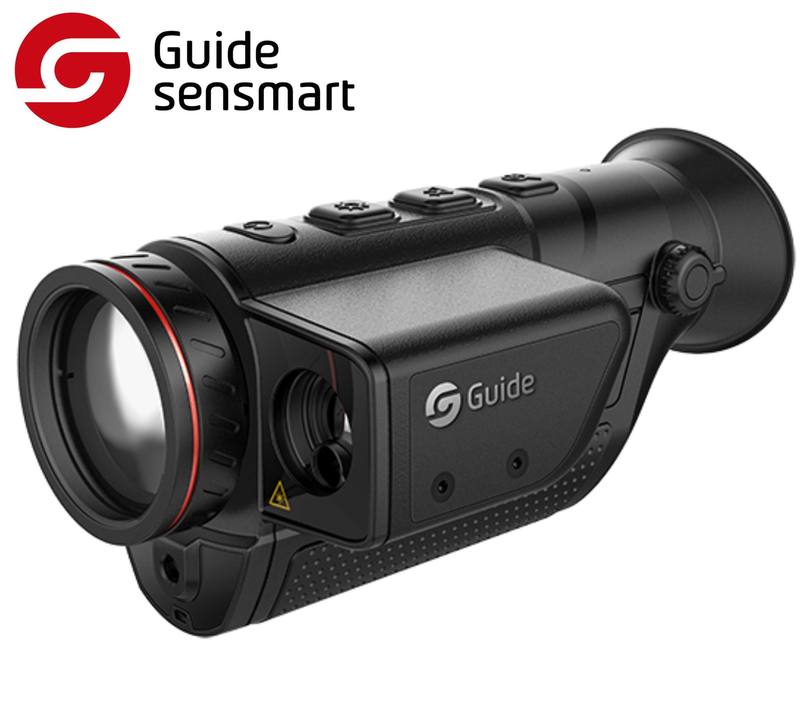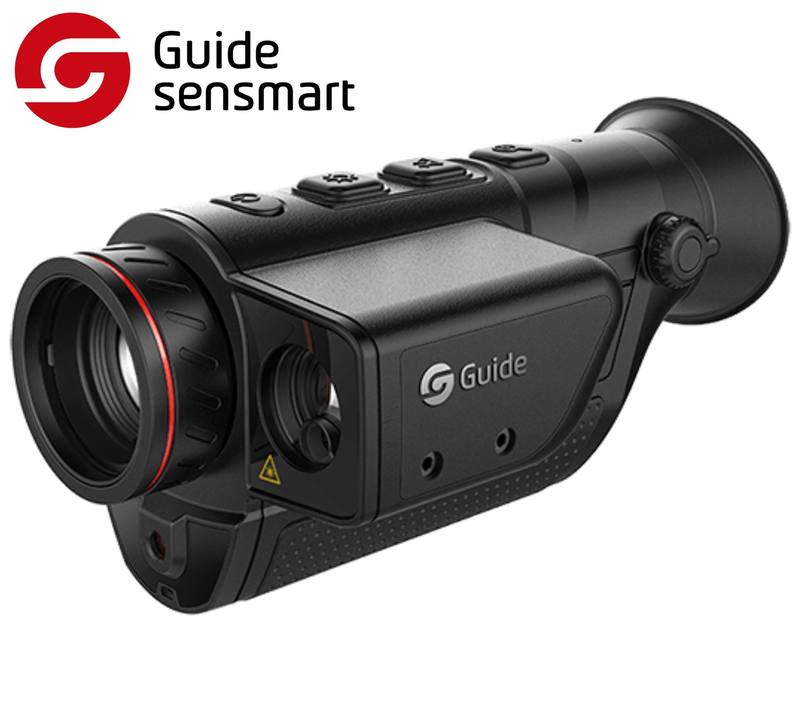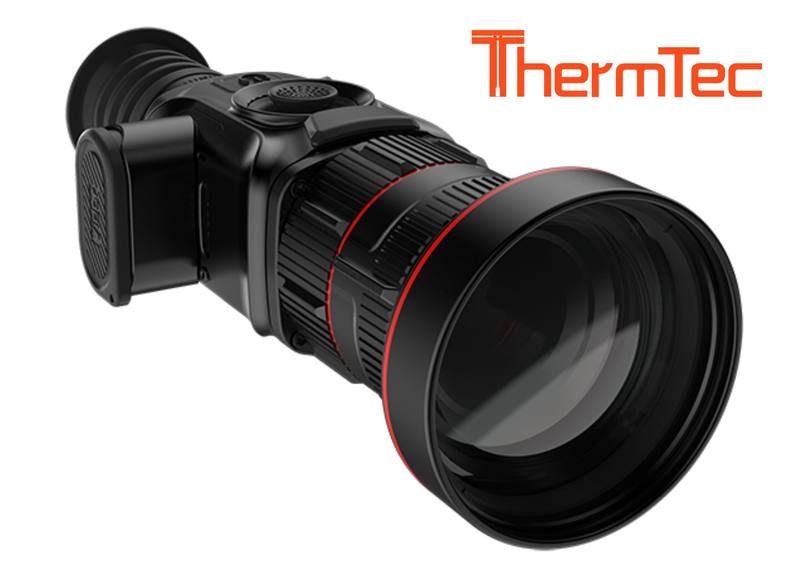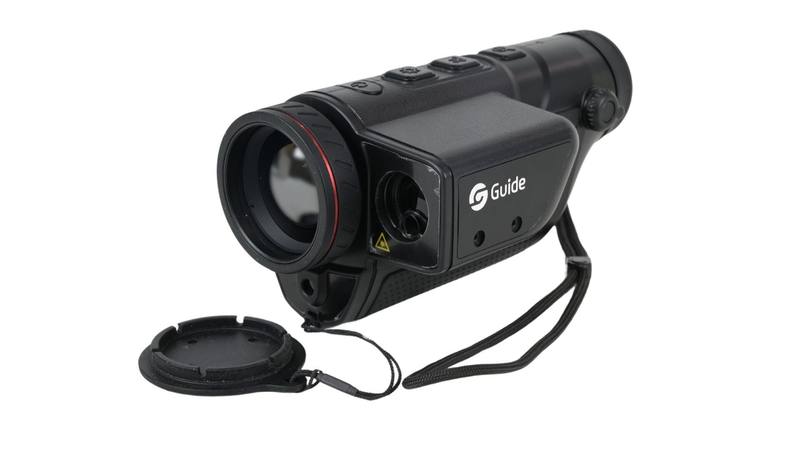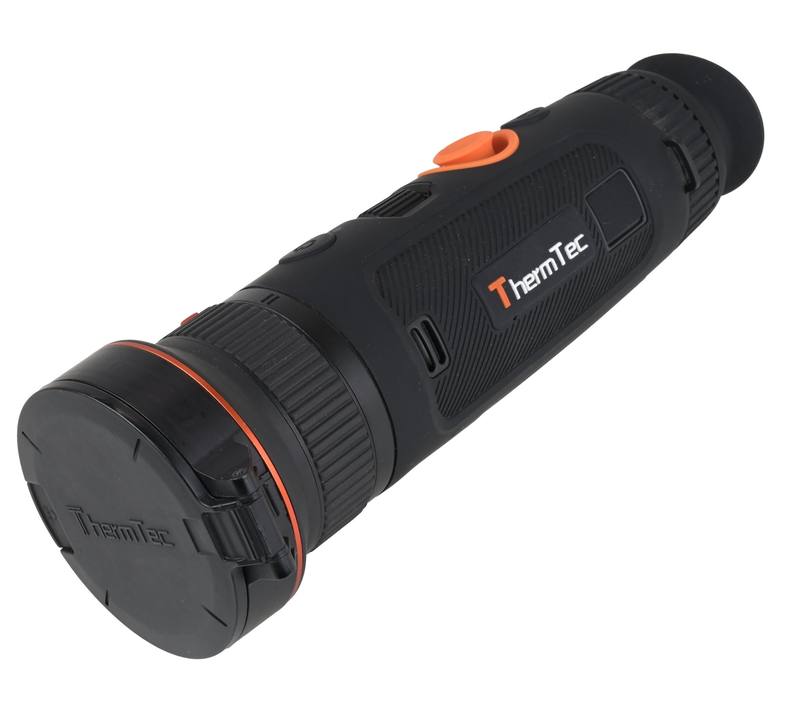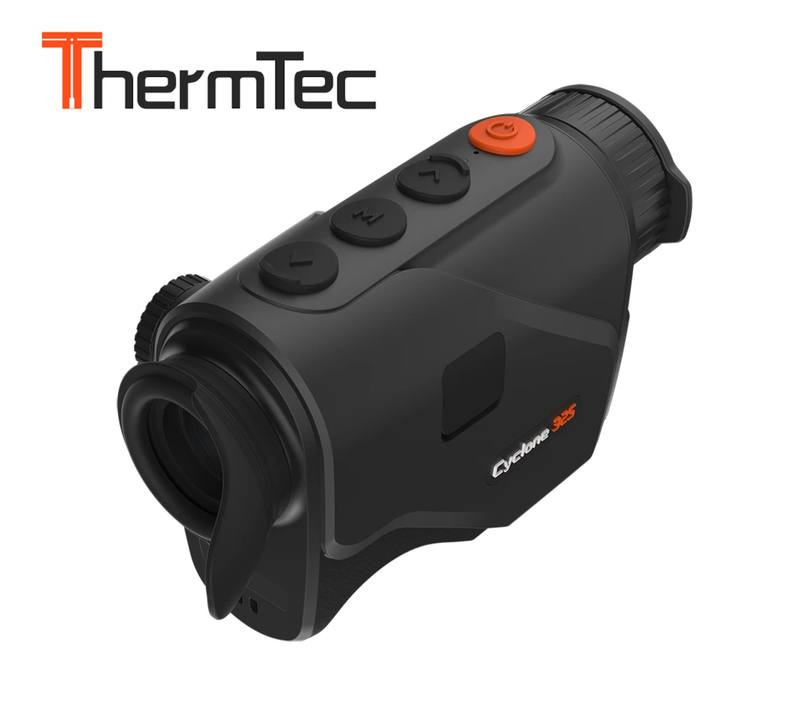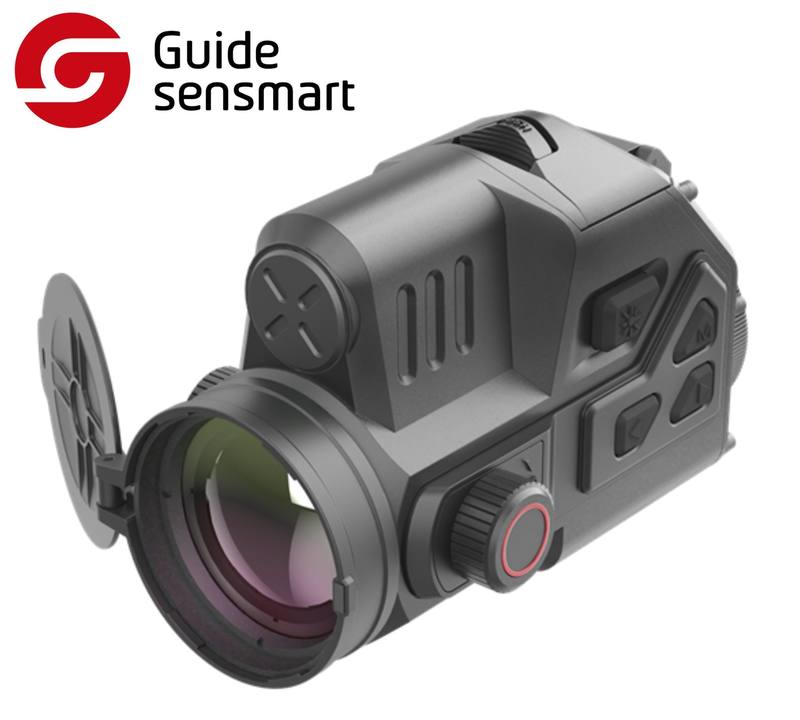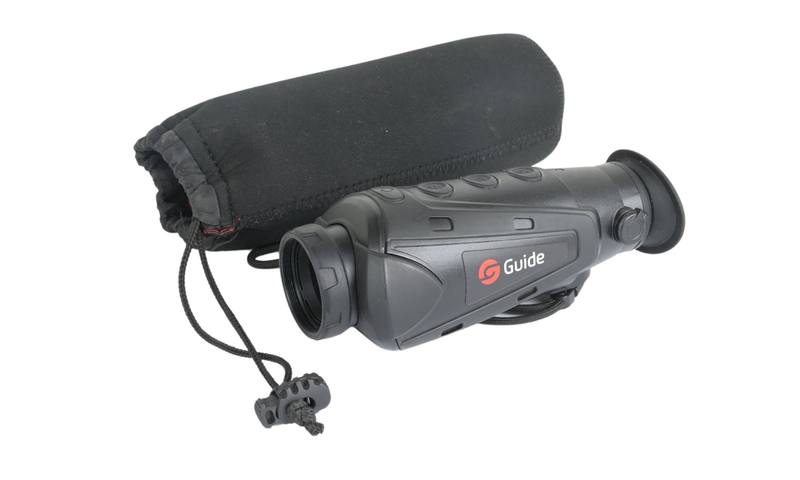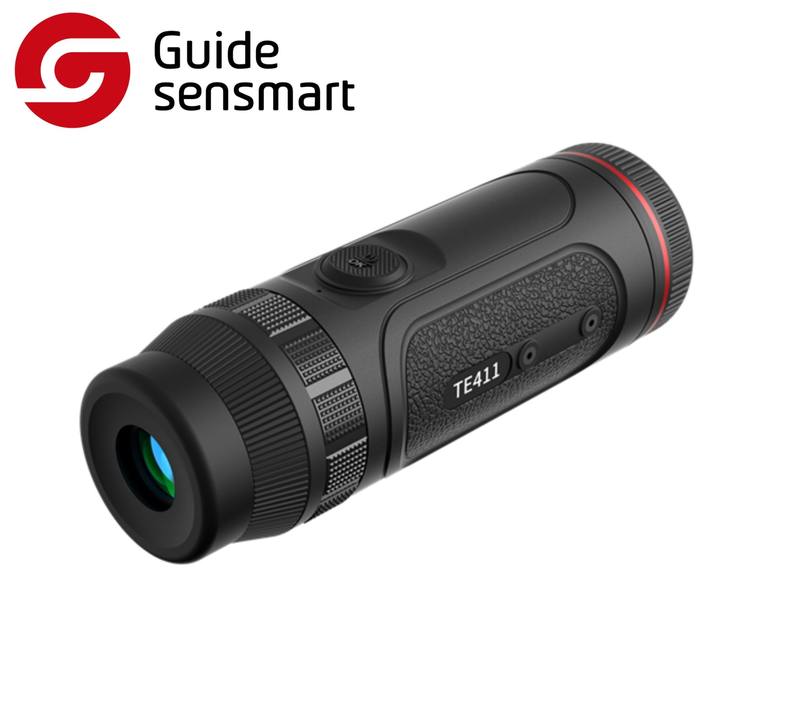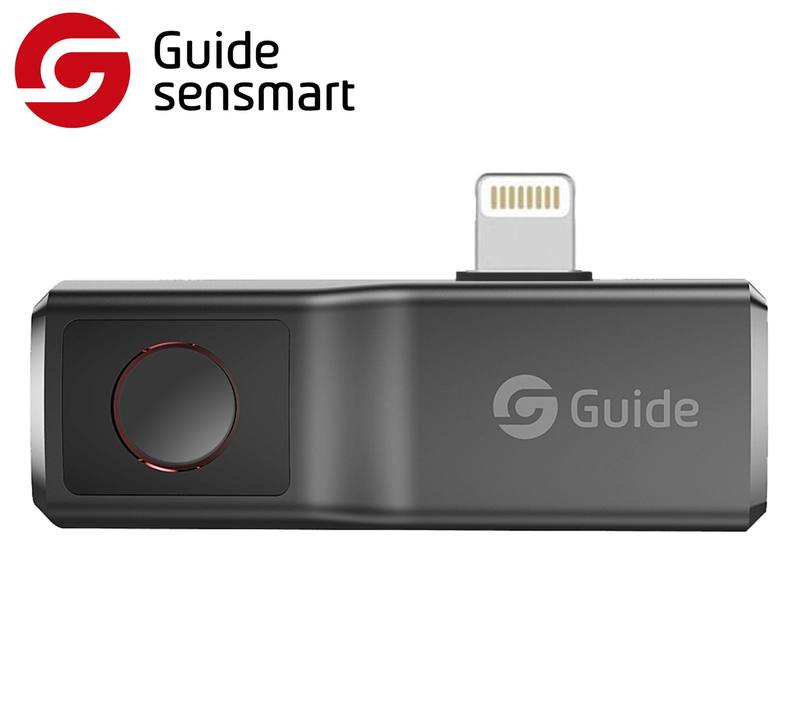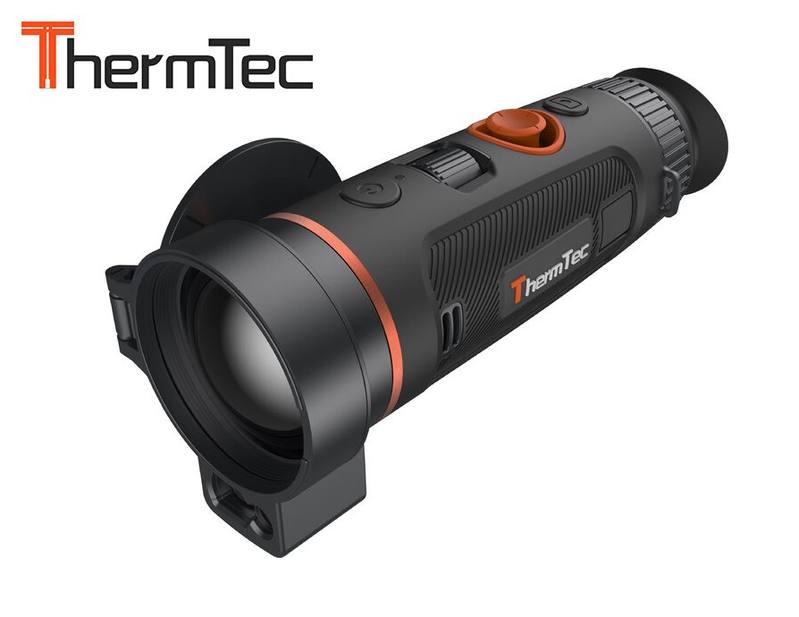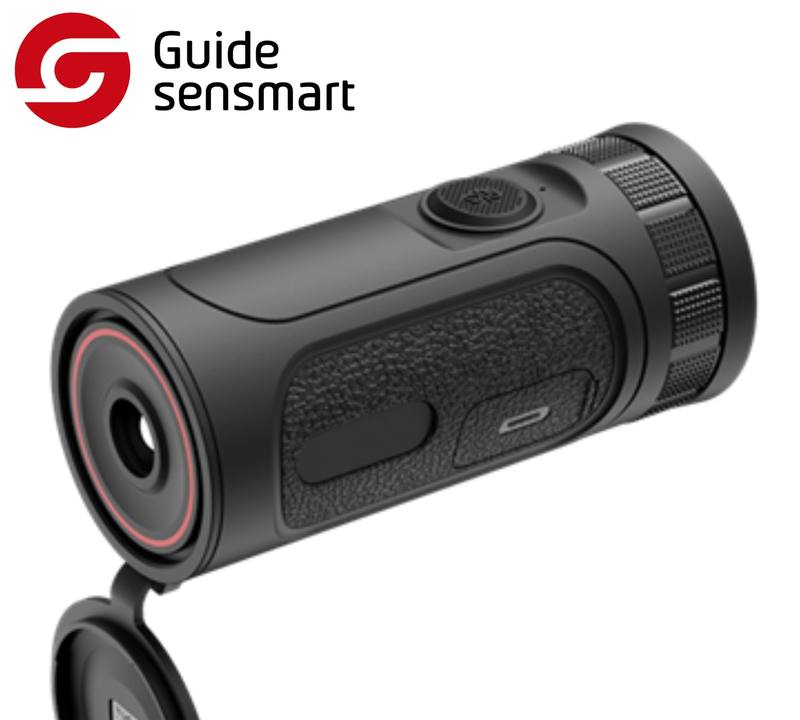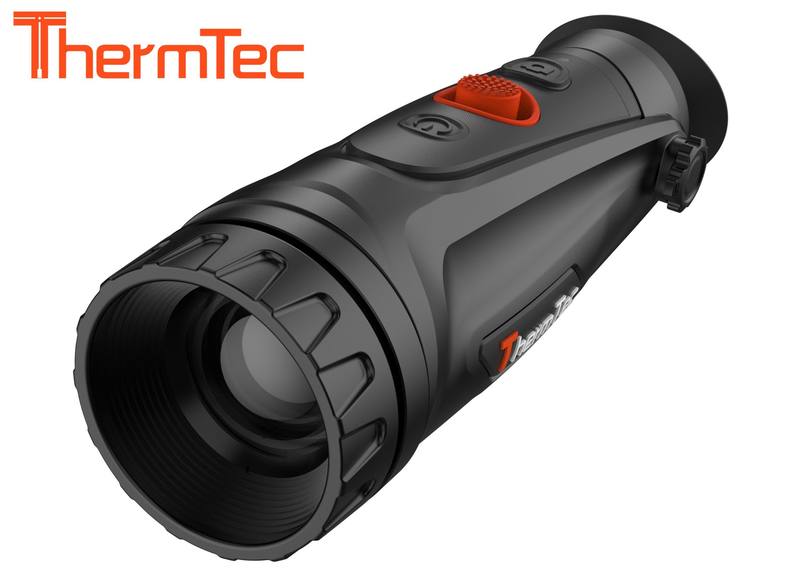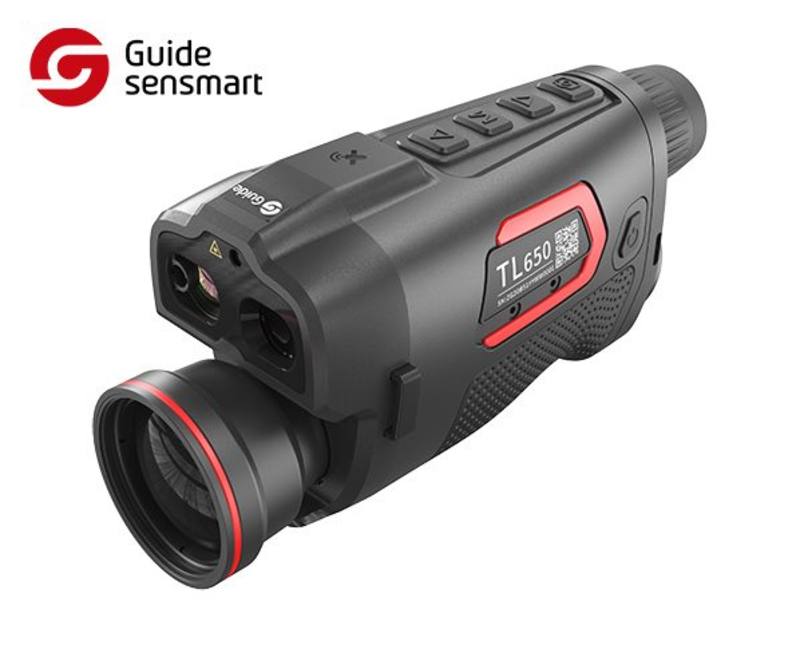When considering buying Thermal Monoculars, our visitors often ask:
How does a thermal monocular work?
A thermal handheld monocular works like a compact telesope, designed to detect heat emitted by objects and converting it into a visible image. It uses infrared sensors to capture thermal radiation, which is then processed and displayed as a thermal image on the monocular's screen. This allows users to see objects even in complete darkness or through obstacles like fog or smoke. Thermal monoculars are widely used for surveillance, search and rescue operations, hunting, and outdoor exploration, providing users with enhanced visibility and situational awareness in various conditions.
What should I look for when buying a thermal monocular?
When buying a thermal monocular for hunting, there are several key factors to consider:
Battery Life: Consider the battery life of the thermal monocular, especially if you'll be using it for extended periods without access to charging facilities or replacement batteries.
Size and Weight: Consider the size and weight of the thermal monocular, especially if you'll be carrying it for long periods or attaching it to gear like helmets or rifles.
Magnification: Consider thermal monoculars magnification level for observing distant targets. Choose a balance between magnification for detail and image stability for ease of use.
Detection Range: Look for a thermal monocular with a detection range that suits your needs, considering the distances you'll be observing and the size of objects you want to detect.
Resolution: Higher resolution means clearer images, so opt for a monocular with a higher resolution if image quality is important to you. Improved image quality can lead to better decision-making in various applications such as hunting, surveillance, and search and rescue operations.
Refresh Rate: A higher refresh rate results in smoother and more fluid images, especially when tracking moving targets.
Objective Lens: A larger objective lens in a thermal monocular gathers more light, resulting in brighter images, especially in low-light conditions.
Durability and Ease of Use: Choose a thermal monocular that is rugged and weatherproof, able to withstand the conditions you'll encounter during your outdoor activities. Select a monocular that's designed for ease of use, with intuitive controls and ergonomic designs for comfortable handling and operation
Additional Features: Look for features such as built-in recording capabilities, image stabilization, and wireless connectivity that may enhance your experience with the thermal handheld monocular.
Price: Set a budget and look for a monocular that offers the features you need within your price range.
By considering these factors, you can choose the best thermal monocular to suit your specific needs and preferences.
How far can you see with a thermal monocular?
The distance you can see with thermal monoculars depends on various factors, including the specific brand, model and its technical specifications. Environmental conditions such as weather and terrain, and the size and heat signature of the objects you're trying to detect also contribute to the range you can see. In optimal conditions, some thermal monoculars can detect heat signatures at distances ranging up to 1.2 kilometers. However, it's essential to consult the manufacturer's specifications and consider real-world factors when determining the effective range of a thermal monocular for your intended use.
Can I use a thermal monocular with a scope?
Yes, pairing a thermal monocular for being able to quickly detect game and night vision scope to identify the animal before taking a shot. Both can be used together to enhance visibility in low-light conditions, with thermal imaging detecting heat signatures and night vision amplifying available light. Additionally, ensuring there are no obstacles behind the animal that could be inadvertently hit if your shot misses is also crucial.
How long do thermal monoculars last?
The lifespan of thermal monoculars can vary depending on factors such as usage, maintenance, and quality of construction. With proper care and regular maintenance. High-quality thermal monoculars can last for many years and enable you to get housands of hours of use out of them, providing reliable performance over an extended period. However, it's essential to follow the manufacturer's guidelines for usage and maintenance to maximize the lifespan of your thermal monocular handheld.
Is thermal monocular better than night vision?
Whether a thermal monocular is better than night vision depends on the specific needs and preferences of the
user, as each technology has its advantages and limitations.
Thermal gives you much better detection, while night vision gives you much better identification, therfore:
Thermal monoculars detect heat signatures emitted by objects, making them effective for detecting living beings and objects even in complete darkness or adverse weather conditions. They are also less affected by obstacles like foliage, fog, or camouflage, offering better detection capabilities in challenging environments.
On the other hand, night vision devices amplify available light, allowing users to see in low-light conditions such as dusk or dawn. Night vision provides clearer images at shorter distances and is more affordable than thermal imaging technology. However, it may struggle in complete darkness or in situations with limited ambient light.
Ultimately, the choice between a thermal monocular and night vision depends on factors such as intended use, environmental conditions, and budget. Some users may find that a combination of both technologies offers the best overall visibility and situational awareness in various scenarios.
What is the best thermal monocular for hunting NZ?
Determining the "best" thermal monocular for hunting in New Zealand depends on various factors such as budget, specific hunting needs, and personal preferences. However, some popular options among hunters in NZ include models from brands like Pulsar, Thermtec, Guide, and InfiRay. These manufacturers offer a range of thermal monoculars with features such as long battery life, high-resolution imaging, extended detection ranges, excellent warranties and support, and durable construction suitable for hunting in diverse NZ environments. It's essential to research and consider your specific requirements before selecting the best thermal monocular for your hunting adventures in New Zealand.
Want to discover more from our Thermal Monoculars guide? Read more here >
Need more help?
We invite you to visit one of our nationwide stores and our friendly staff will assist you, call us or use our online chat to discuss your specific Thermal Monocular requirements today.
Explore our full selection of Thermal Monoculars online now.
Selection of our Best Thermal Monoculars
 NZD
NZD USD
USD AUD
AUD EUR
EUR CAD
CAD GBP
GBP
